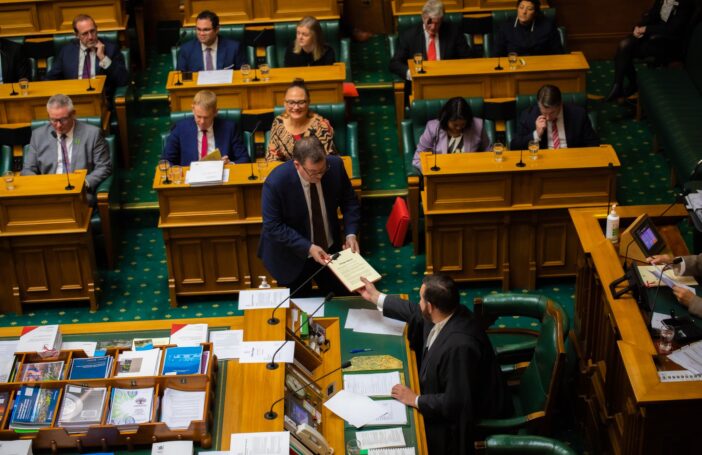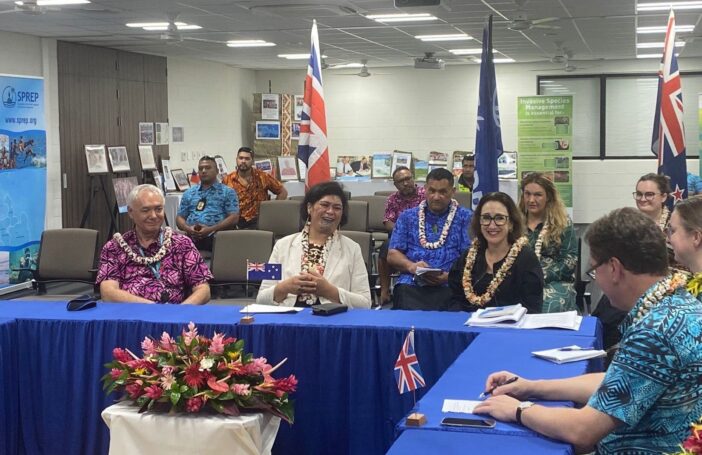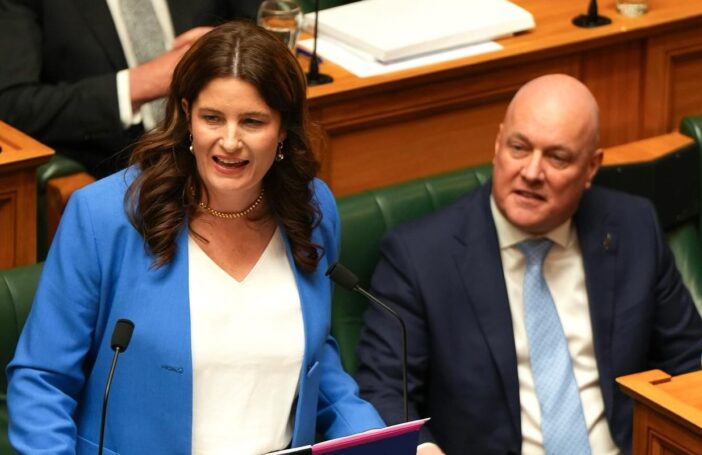Once a year, every year, late at night, I start howling.
Don’t worry, it’s not lycanthropy. My problem is much more prosaic: I try to keep track of the New Zealand aid budget.
New Zealand aid transparency is slowly improving. In between MFAT’s intermittently updated website, and its annual reports, you can – some time after the fact – cobble together a sense of what’s going on. (You can also use OECD reporting, but only after a long lag.) There’s nothing as user-friendly as Australia’s “Greenbooks” of historical aid data. Nor is there anything as timely as Australia’s budget night aid releases.
Hence the howling. When New Zealand’s budget is actually released each year, working out the barest of basics of what’s changing in New Zealand aid requires devoting an evening to augmenting this spreadsheet with numbers buried in places like page 90 of this PDF. Even then it’s imperfect. I have, for example, had to keep aid to Cook Islands in the totals. The government still calls the money it gives the Cook Islands aid (about NZD50 million a year I think), even though it is no longer an ODA eligible country. Conversely, New Zealand may give some aid outside of Vote Foreign Affairs, but I can’t find it in budget documents. So I may be missing some aid spending. The big picture is correct enough though.
And here’s the big picture:

What the chart shows is that, when inflation is taken into account, New Zealand’s aid actually fell last year. But this, to be fair, was only because of high inflation. Aid increased nominally. And New Zealand aid is set to rapidly increase over the coming year. By the 2023-24 financial year, New Zealand aid will top one billion NZD for the first time in our country’s history. That’s good news.
There’s more good news in the next chart, which combines aid data with GNI estimates from Treasury and Stats NZ .

If GNI projections are right, New Zealand’s ODA/GNI ratio will top 0.3% for the first time since 2008. (Please remember this includes aid to Cooks; if we were to follow OECD rules, the ODA/GNI would be about 0.29%.) Even with the Cook Islands complication considered though, the trend is still in the right direction. Good news.
The more complicated news is that, as best I can estimate, almost all the coming aid increases will be because of climate finance: money we give developing countries to help them mitigate their own emissions, or to help them adapt to the effects of climate change. (I’m still working on this and will post again once I have a better sense of New Zealand climate finance.)
Climate finance is no substitute for cutting emissions. But in the midst of an active climate crisis, climate finance is not a bad thing.
It should be new and additional to existing aid spending though. In New Zealand’s case, unlike Australia’s, it seems like the government is not robbing the existing aid budget to pay for climate finance. That’s good. However, as best I can tell, New Zealand won’t be meaningfully increasing aid outside of climate finance anytime soon. In a world reeling from a food crisis and COVID-19, not to mention perennial development problems, this isn’t good enough.
Remember, aid is about 1% of government spending in New Zealand. We could quite easily do more.
If you want my data and calculations, please feel free to send me an email.





Dear Emily,
Thank you for your message. It is interesting to hear of your work.
I can’t write about the NZ Public’s opinion at present as we don’t have recent data on it.
However, if you are interested in NZ public opinion about aid, please have a look at our earlier survey paper.
We have a blog post on the data here:
https://devpolicy.org/new-zealanders-nicer-when-comes-aid-20160531/
and the paper itself is here:
https://devpolicy.org/publications/dp63-is-support-for-aid-related-to-beliefs-about-aid-effectiveness-in-new-zealand-2017/
MFAT have studied public opinion about aid more recently; the information from their study that they released to the public is here:
https://www.mfat.govt.nz/assets/Aid-Prog-docs/190131-Development-Aid-Report.pdf
As for whether providing accurate information on aid volumes changes people’s opinion about aid, we’ve tested this in Australia. Please see the discussion of the findings on pages 21-23 of this paper:
https://devpolicy.org/publications/aid-and-the-public-in-australia-key-findings-from-developolicy-research-2022/
Keep up the good work. Aid advocacy can be very valuable as you know.
Terence
Dear Terence,
Thank you for your article. I found it interesting that most of New Zealand’s aid will be directed to climate finance.
During my internship at The Borgen Project, our team and I have advocated for extending the Foreign Aid budget in the U.S. by petitioning Congress and spreading awareness. Recently, we were able to help increase Foreign Aid spending from less than 1% by 6% (through the FY23 Omnibus Appropriations Bill). Advocating to increase aid for the U.S., and as a New Zealander myself, I understand how an aid budget of just 1% is worth improving.
As a story idea, do you believe that studying the New Zealander’s perception of foreign aid (how much it is, and what it is directed to) that you would be interested in writing about? On our website, we have noted that most Americans overestimate that the foreign aid budget sits at 25%. Do you think advocacy about increasing the funding is needed, as well as discussing the variety of issues NZ can assist with?
Thank you for reading. Here is a link to our website, where we advocate for federal budget expansion and spreading the word about ending poverty across all nations.
https://borgenproject.org/foreign-aid/
Thank you!
Emily